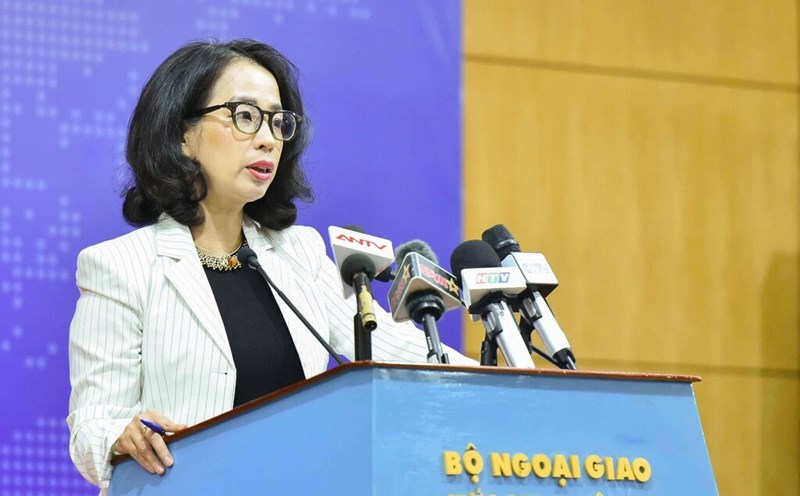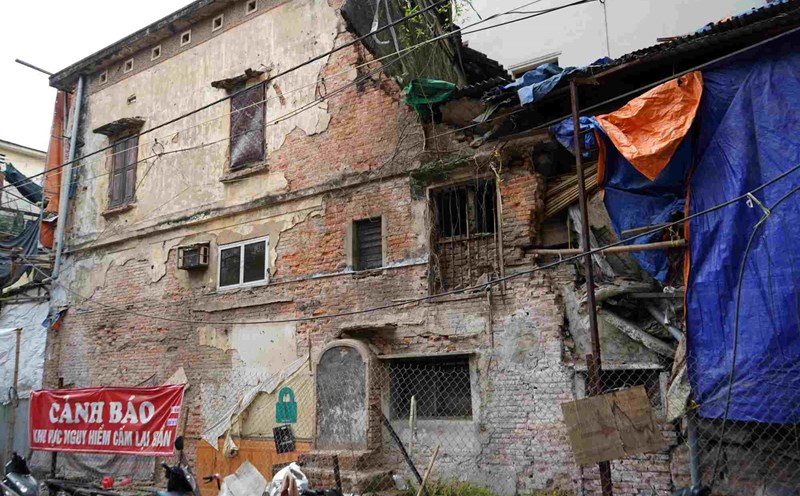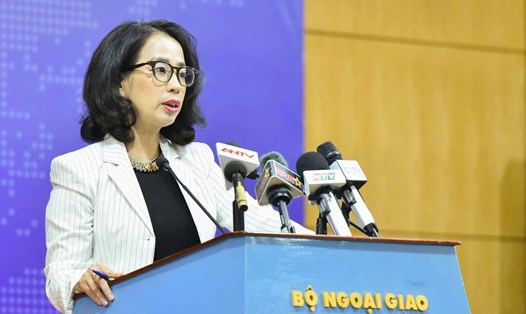US supports cleaning up soil polluted by bombs and mines in Quang Tri
Once a fierce battlefield during the war, Quang Tri province is still suffering from severe consequences from unexploded bombs and mines. It is estimated that about 80% of the province's natural land has been polluted by bombs and mines, leaving a constant threat to people's lives, livelihoods and socio-economic development.
Statistics show that since 1975, bombs and mines have claimed the lives of more than 3,300 people and injured more than 5,200 others - many of whom are children. Faced with this situation, since 1996, Quang Tri has become the first locality in the country to be permitted by the Vietnamese Government to cooperate with international organizations to carry out bomb and mine clearance projects.
Among international partners, the US Government plays a particularly important role when through non-governmental organizations such as MAG (UK), NPA (Na Uy) and Hoa Binh tree Vietnam (USA) to implement a series of bomb survey and handling projects in the province.
According to the Department of Foreign Affairs of Quang Tri province, to date, the total aid budget from the US Government through these organizations has reached 104.8 million USD. Thanks to this resource, more than 260 million square meters of polluted land have been cleared, more than 830,000 explosives have been treated, and nearly 40,000 hectares of land previously polluted by cluster bombs have been safely cleared.
Mr. Hoang Nam - Vice Chairman of the People's Committee of Quang Tri province - said that the province is aiming to become the first locality in the country to meet "safe" standards - meaning people are no longer affected by the remaining mines and bombs. He also emphasized that to achieve this goal, Quang Tri hopes that the US Government will continue to accompany and support humanitarian programs to complete the work of clearing bombs and mines in a comprehensive and sustainable manner.
Cooperation in searching for missing people, the foundation for Vietnam-US relations
Not only stopping at the field of remarkable bomb and mine clearance, the cooperative relationship between the US and Quang Tri is also clearly demonstrated through the search programs for missing US soldiers during the war.
In early April 2025, in Cau village (Huong Phung commune, Huong Hoa district, Quang Tri province), a working group of the Ministry of Foreign Affairs of Vietnam and the Embassy of the United States participated in the excavation and search for the remains of US soldiers. This is an activity that not only has humanistic meaning but is also a symbol of reconciliation, closing the past to build a future together.
Deputy Minister of Foreign Affairs of Vietnam Do Hung Viet emphasized that the implementation of the search immediately after signing the Paris Agreement (1973) clearly demonstrated Vietnam's goodwill and commitment. It is also a manifestation of tolerance and humanitarian responsibility.
After more than 50 years, Vietnam has searched for and handed over more than 1,200 sets of remains of US soldiers, helping the US side identify more than 735 people. These figures not only reflect responsibility but also demonstrate the persistent efforts of the entire political system and people of Vietnam.
Lieutenant ColonelTravis Walter Ray - Commander of the US missing soldiers search office in Vietnam said that when we began the search mission for missing US soldiers during the war, we had full cooperation and cooperation from the government and the people.
The US Ambassador to Vietnam, Mr. Marc Knapper, also affirmed that the search for missing US soldiers in Vietnam is an important foundation for Vietnam-US relations. Over the past three decades, thanks to such efforts, the two countries have been able to build an increasingly deep cooperative relationship. Mr. Marc Knapper believes that together overcoming the consequences of war is not only a past responsibility, but also a bridge for the future. We could not have today, a comprehensive partnership without such efforts, said Mr. Marc Knapper.











